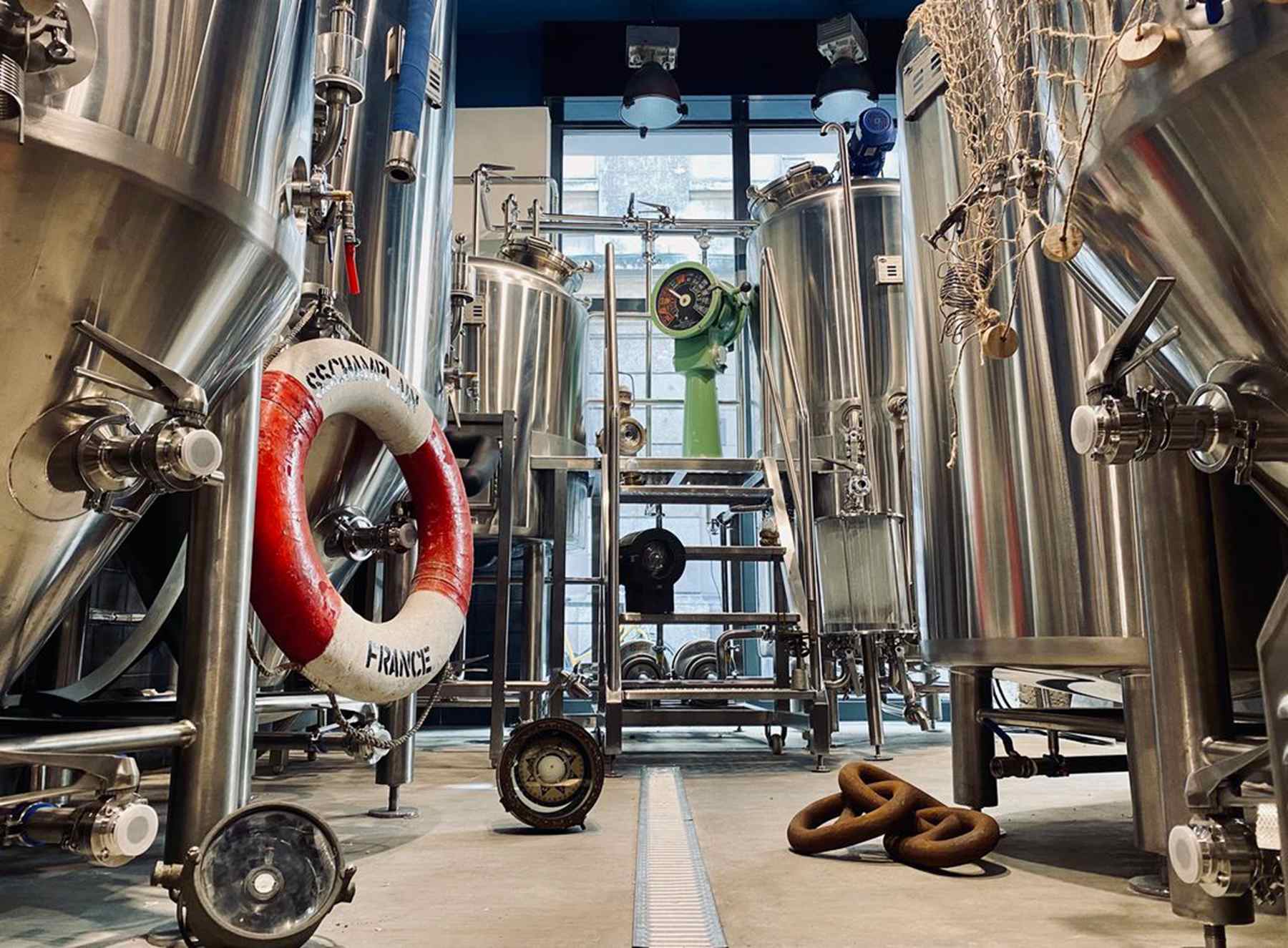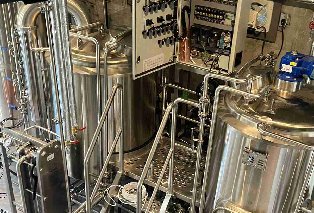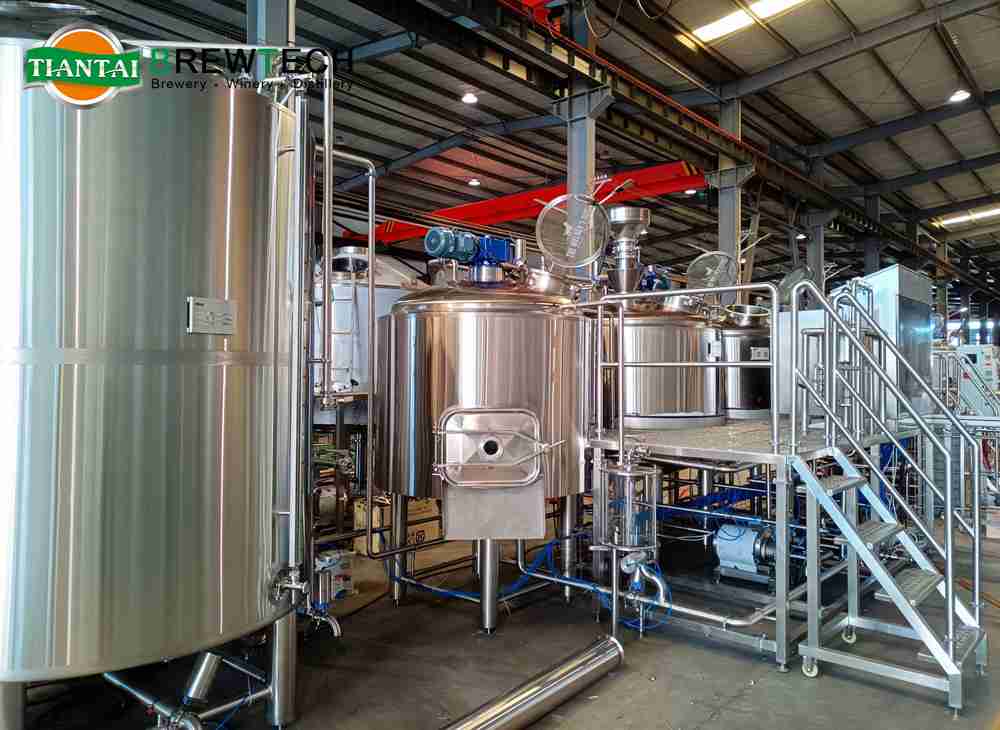Choose the Right Brewery Model
One of the first crucial decisions in establishing your microbrewery is selecting the appropriate business model. This choice will determine your commercial approach, target market, and overall strategy. Here’s a breakdown of different brewery types to help you make an informed decision:
Nano Brewery: A very small brewery typically producing beer in small batches. Ideal for hobbyists or those testing the market.
Microbrewery: A small brewery that produces up to 15,000 barrels annually, focusing on local distribution. Perfect for newcomers or those looking to experiment.
Brewpub: A combination of a brewery and a bar or restaurant, allowing you to sell directly to customers on-site.
Contract Brewing: Outsourcing the brewing process to other breweries, a cost-effective way to enter the market.
Regional Brewery: A larger brewery distributing beer across multiple states.
Assess Your Brewing Goals
Before deciding on a model, evaluate your brewing goals. Ask yourself:
l What is your long-term vision for the brewery?
l Do you want to focus on local distribution or target a broader market?
l Are you interested in creating a lifestyle business or scaling for significant growth?
Having a clear understanding of your goals will help you choose a model that aligns with your vision.
Develop a Comprehensive Business Plan
A solid business plan is your roadmap to success. Key components include:
Executive Summary: Summarize your entire plan, highlighting your unique value proposition.
Business Overview: Include essential details like the legal structure and core values.
Market Analysis: Research demographics, market size, and purchasing trends to avoid pitfalls.
Consumer Analysis: Identify your target audience, whether they are craft beer enthusiasts or casual drinkers.
Competitor Analysis: Understand who your competitors are and how your brewery will stand out.
Sales and Marketing: Outline your marketing strategies, including social media and promotional materials.
Operations Plan: Cover licensing, team structure, suppliers, and daily operations.
Financial Plan: Detail revenue, expenses, and funding needs, using accurate numbers and forecasts.
Secure Funding for Your Microbrewery
Starting a microbrewery requires significant funding. Consider various sources for your capital needs, such as loans, investors, or crowdfunding.
Choose the Perfect Location
When selecting a location for your microbrewery, consider:
Traffic patterns during the day and night.
Proximity to attractions like sports venues or entertainment districts.
Local zoning regulations and market demographics.
Purchase Essential Brewing Equipment
Your choice of brewing equipment will depend on the type of beer you plan to produce, your production goals, and available space. Research and select the right equipment for your needs.
Understand Legal Requirements and Licensing
To brew legally, you must obtain a federal brewer’s permit and a state alcohol license. Regulations vary by state, so consult your local Alcohol Beverage Control (ABC) board for specific guidelines.
Develop Your Beer Recipes
Experiment with different flavors to create unique brews. Once you have a viable recipe, scale it for commercial production, ensuring consistency and quality with every batch.
Build Your Microbrewery Brand
Creating a strong brand identity is crucial in a competitive market. Your brand should tell a story that resonates with your target audience. Utilize social media to engage customers and promote your brewery.
Monitor Key Financial Metrics
Effective cash flow management is vital. Keep track of revenues and expenses, and develop a pricing strategy that covers all costs while remaining competitive. Regularly monitor financial performance to ensure the health of your business.
Hire and Train Employees
Identify key roles within your brewery and develop comprehensive training programs to maintain high production levels and customer service standards. Foster a positive work culture to enhance productivity and employee retention.
Plan Your Grand Opening
A memorable grand opening can attract crowds and generate buzz. Consider hosting live music, brewery tours, and special tastings to showcase your unique offerings.
Explore Growth Opportunities
As your microbrewery grows, look for new markets and opportunities to expand. This could mean distributing to new regions or diversifying your product line with seasonal or limited-edition brews.
Conclusion
Starting your own microbrewery is an exhilarating journey filled with challenges and rewards. By understanding financial metrics, choosing the right equipment, and focusing on customer engagement, you can lay a strong foundation for your business. With passion, dedication, and the right knowledge, your microbrewery can become a beloved part of the community. Cheers to your brewing adventure!
Still have a problem on choosing the brewery equipment? We can help with your final decision. If you are looking for a turnkey solution for craft beer brewing system, please contact us. We are looking forward to working with you. Send an email now: [email protected]










Get A Quote